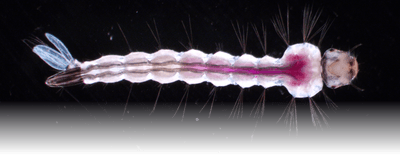Mosquito Control
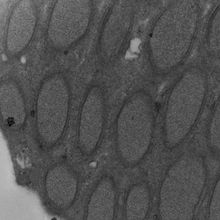
Wolbachia Turns 100: The Journey of a Triumphant Endosymbiont
Mariella Bodemeier Loayza Careaga, PhD | Dec 13, 2024 | 10+ min read
In a century, Wolbachia has gone from a master reproductive manipulator to a partner in the fight against pathogens, exemplifying how a microbe can shape hosts and diseases.
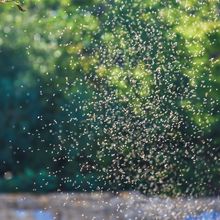
A Tiny but Mighty Helper Stops Mosquito Viruses in Their Tracks
Mariella Bodemeier Loayza Careaga, PhD | Dec 13, 2024 | 10+ min read
Vector biologist Luciano Moreira has been fighting disease-causing pathogens for years. Now he teams up with Wolbachia in this mission.
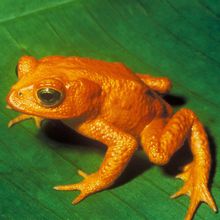
Past Malaria Surges Linked to Amphibian Die-off
Andy Carstens | Sep 21, 2022 | 2 min read
A study suggests that pathogens affecting other species can indirectly harm human health.
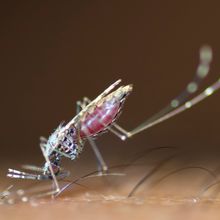
Malaria Mosquitoes Bite More During the Day Than Previously Thought
Andy Carstens | May 17, 2022 | 2 min read
While malaria control strategies have focused on mosquitoes’ nocturnal activity, almost one-third of bites occur while the sun is up, a new study estimates.
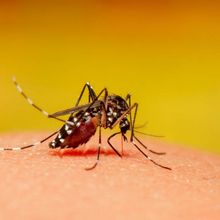
Mosquitoes Add Bacteria to Water to Help Larvae Grow: Preprint
Natalia Mesa, PhD | Apr 12, 2022 | 4 min read
Pregnant mosquito females deploy the microbe Elizabethkingia to speed larval growth; the larvae, in turn, help the bacteria outcompete other strains.
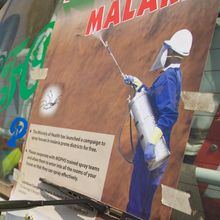
Mosquito Memory: Pest Management’s New Hurdle
Sophie Fessl, PhD | Feb 21, 2022 | 3 min read
Mosquitoes avoid pesticides that they’ve had close encounters with, a fact that may complicate pest management.

Wolbachia-Infected Mosquitoes Stymie Dengue’s Spread: Study
Shawna Williams | Jun 10, 2021 | 2 min read
Randomized, controlled research conducted in an Indonesian city confirms the reduction in cases seen with previous observational work.

First US Field Test of GM Mosquitoes Begins in Florida
Christie Wilcox, PhD | May 4, 2021 | 2 min read
After years of push back, the first batch of Oxitec’s engineered mosquitoes, designed to reduce population numbers, have been released in the Keys.
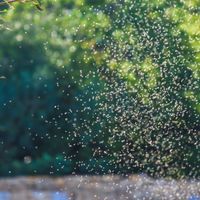
750 Million GM Mosquitoes Will Be Released in the Florida Keys
Lisa Winter | Aug 21, 2020 | 2 min read
There have been no reports of health or environmental harm in other locations where genetically modified mosquitoes have been introduced over the last decade.

Combination Strategy Nearly Eliminates Invasive Mosquitoes in Field
Abby Olena, PhD | Jul 17, 2019 | 3 min read
Researchers use two techniques—Wolbachia infection and irradiation—to suppress reproduction in populations of Asian tiger mosquitoes at two study sites in China.
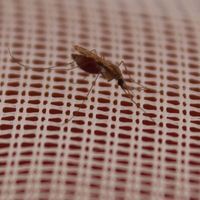
Allele Shows Pyrethroid Resistance’s Spread in African Mosquitos
Carolyn Wilke | Mar 22, 2019 | 4 min read
Researchers can now track the expansion of a resistance mechanism that allows the malaria vector Anopholes funestus to detoxify a key insecticide used on bed nets.
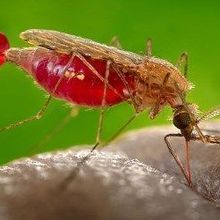
Children With Malaria Smell More Attractive to Mosquitoes
Shawna Williams | Apr 17, 2018 | 2 min read
The parasite changes people’s scent, primarily due to an increase in aldehydes.
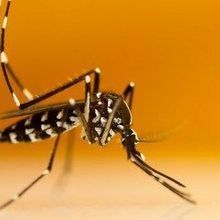
Wolbachia-Laced Mosquitoes to Be Released for Population Control
Katarina Zimmer | Nov 7, 2017 | 1 min read
The US government has approved the deployment of the lab-raised insects to eliminate the Zika- and dengue-transmitting Asian tiger mosquito.

Missing Link in Malaria Evolution Discovered in Historical Specimens
Ben Andrew Henry | Dec 1, 2016 | 4 min read
A family’s collection of antique microscope slides became a trove of genetic information about the eradicated European malaria pathogen.
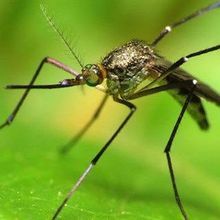
Researchers Propose Solution to Gene Drive Technology Problem
Ben Andrew Henry | Nov 22, 2016 | 1 min read
Scientists are getting to closer to developing a technique that can suppress mosquito populations on a continental scale, based on preliminary modeling results.
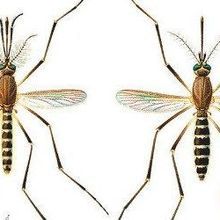
Can Culex Mosquitoes Also Spread Zika?
Tracy Vence | Sep 29, 2016 | 2 min read
Researchers report conflicting results.

Zika Update
Bob Grant | Sep 7, 2016 | 2 min read
Virus’s genome to aid in diagnoses; bees caught in crossfire of mosquito sprays; Zika spreads in Asia; US Congress revisits Zika funding
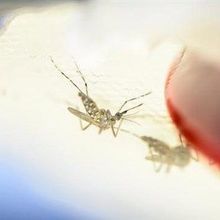
Plan to Fight Zika with GM Mosquitoes in Florida Faces Opposition
Ben Andrew Henry | Aug 22, 2016 | 2 min read
Officials postpone the launch of an experimental program aimed at reducing local mosquito populations with genetically modified insects.
